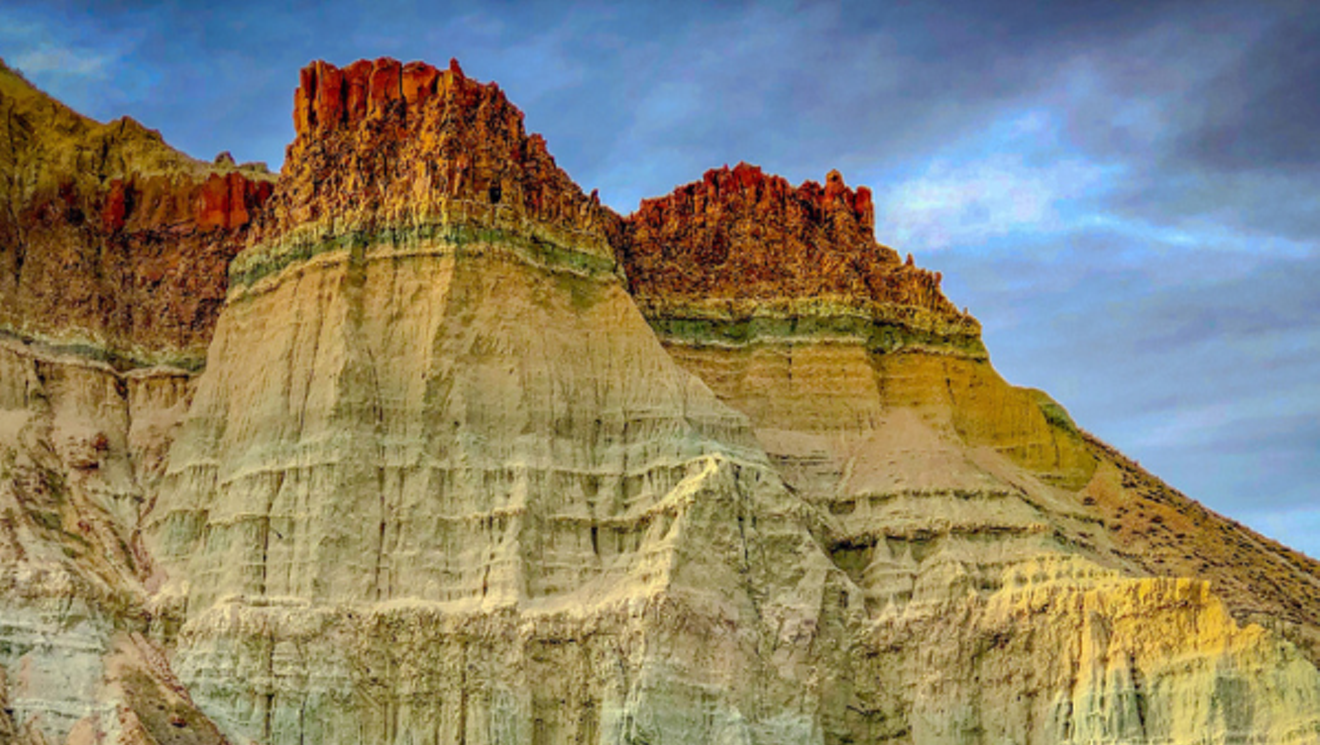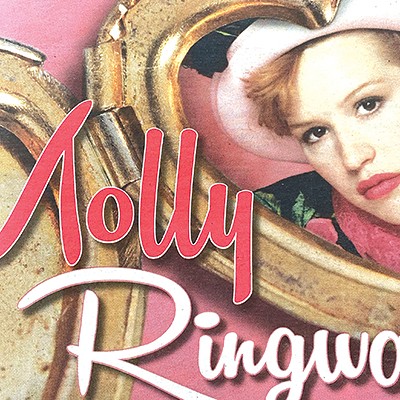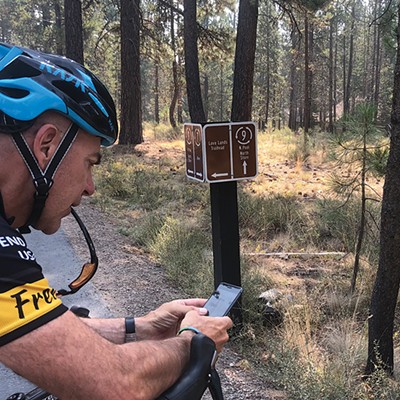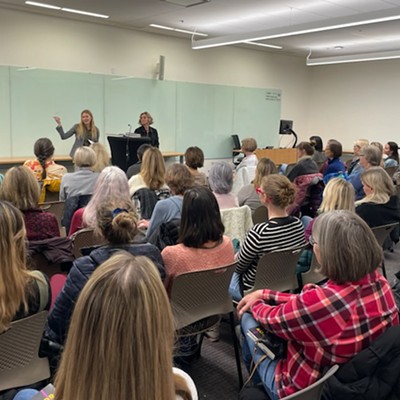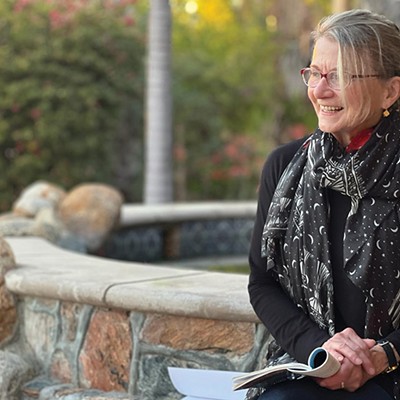In 2005, former journalist Jim Lynch wrote his first novel, "The Highest Tide." It is a charming book; set in Puget Sound, the story follows a budding teen, Miles O'Malley, who idolizes conservationist Rachel Carson and often takes late-night walks along the beach. Although trouble is brewing—domestic drama at his parents' house; hints about a small-town scandal; a rare squid washing up on shore, etc.—the tone is breezy, and engaging. The book landed on England's equivalent of The Oprah Show and was a bestseller there.
Lynch has followed up with two books—again, both set in Washington; one toward the northern border near British Columbia and the other, "Truth Like The Sun," with alternating chapters set in Seattle in 1962 as the city hosts the World's Fair and in 2001 as a city legend declares on his 70th birthday his plans to run for mayor.
Lynch clearly knows and adores the Pacific Northwest, both its landscape and the quirky, introspective characters its draws and fosters.
SW: It is interesting that you set "Truth Like the Sun" in 2001 and one of the pending dooms is the end of print journalism. Likewise, in "Highest Tide," a catalyst for the storyline is a photograph in the newspaper. You were a daily newspaper reporter. Let's start with: What is lost with the decline of daily newspapers?
JL: I decided to set "Truth Like the Sun" in the sharp decline in the daily newspaper. I like the recent nostalgia for newspapers. I was a journalist for a long time, and have a real fondness for the belief and need for good journalism. At the same time, I was trying to write a novel that shows the gray morality of newsrooms—that decisions aren't always black and white.
In "Truth," you treat Helen with, well, let's not call it fawning...how would you describe your emotions for her?
She bottles up the ambitions I had, particularly at her age—late 20s, early 30s—to go after people in power. It is the exciting wheelhouse of journalism that I've known and I've admired other journalists who have had that bug. I have that bug.
Certainly you have written a page-turner, but it is interesting that you spend a lot of time with the details of various characters—like Helen's violin playing, her son's peanut allergies—although these don't necessarily relate to the central plot momentum.
I like to have idiosyncrasies. It seems to enrich the realism of the story to throw in those details. It would be incorrect for every detail to flow with the symmetry with the plot line.
The peanut allergy: My daughter has them, so it was front and center of my parenting mind.
How do you compare your position as a reporter and your position as a novelist?
They are so different. I was always writing fiction on the side when I was a journalist. With fiction writing you have to let the text breathe, and have more patience, as opposed to just getting the facts out as a journalist. A lot of journalists who try to write fiction research like crazy, but then forget this must also be a piece of imagination.
Erik Larson, another Seattleite, wrote about another World Fair. Have you ever compared notes with him?
I know Erik. I admire his work. I love his attention to detail. I don't devour as much nonfiction as novels.
Any novelists you recommend?
In the last year, two of the books I consider all time 50 faves, are "Billy Lynn's Long Halftime Walk" by Ben Fountain, and I also like Louise Erdrich, "The Roundhouse." Alice Munro can dazzle.
"Billy Lynn's Long Halftime Walk" is such a great book. It has some of that same interior dialogue that you put into "Truth Like the Sun" with Helen.
I think what amazed me is a combination of his daring, spectacular writing style, and trying to get at the heart at the madness of America.
I think that it is also interesting that both books deal with impending disaster—there is the ecological disaster looming like a storm cloud in "Highest Tide." Roger worries about nuclear war in "Truth" and then, of course, the book is set in 2001, moving toward Sept. 11th. Are you a worried person?
No [laughs]. The parallel structure fell into my life. I wanted to set the novel in 1962, because it is great place for the launching of a modern city, and wanted 2001 because it is Seattle in its mid-life crisis. I realized that the Cuban Missile Crisis and 9/11 were in the same time periods.
You clearly adore Washington. What do you think Washington offers as a writer?
I grew up being a Tom Robbins and Ken Kesey fan–one of the reasons is they wrote so powerfully about the landscape here. We don't have a really long or rich cultural history, but we have this exotic landscape. I like to play with the landscape, and the ambiance that it plays on the page.
I remember finding "Highest Tide" in Powell's. One of the oddities is that it was a best seller in England—and really found its commercial traction not at home, but abroad. Was that unexpected? I mean, I can see some similarities between the mood and setting of the English coast and Northwest. What happened there?
That was like a prank phone call. I was hoping would be as popular as far as Seattle. When you're trying to get out your first book, you don't find a lot of time visualizing what would happen afterwards. I was just excited they were going to put my name on the front of the book. I went from the unlucky writer who has a great book and doesn't get it published, to the ridiculously lucky when it appeared on a TV show that is England's equivalent of Oprah.
Next project?
Another novel set in western Washington. An offbeat family that is obsessed with failing, and has to do with Albert Einstein.
Jim Lynch will present an author reading at Tower Theatre, Friday, Nov. 8, 7 pm, $30; and workshop at OSU-Cascades Campus, Cascades Hall, 9-11 am, $45.




